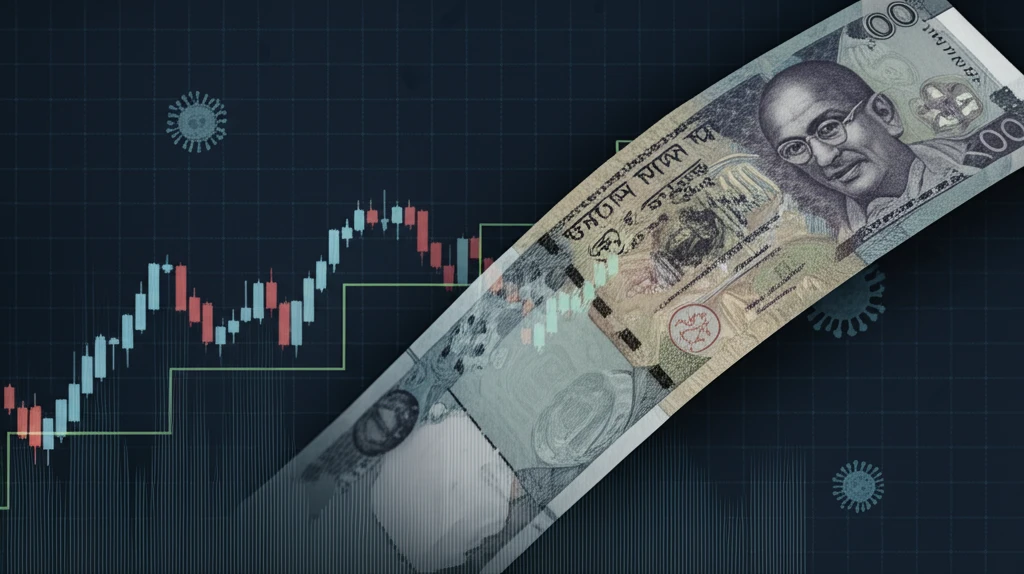
Decoding COVID-19's Economic Impact: How the Pandemic Shocked Bangladesh's Exchange Rate
"A deep dive into the GARCH model analysis revealing how COVID-19 case numbers influenced the volatility of the Bangladeshi Taka."
The COVID-19 pandemic, which began in late December 2019, triggered widespread economic and financial instability globally. Lockdowns and restrictions drastically altered supply chains and consumer behavior, creating unforeseen pressures on financial markets. For Bangladesh, a nation heavily reliant on exports, these disruptions posed significant challenges to its economic stability, particularly concerning the exchange rate of the Bangladeshi Taka (BDT).
Understanding how external shocks like a pandemic can influence exchange rate volatility is crucial for policymakers. Exchange rate fluctuations can impact trade balances, foreign investment, and overall economic growth. In Bangladesh's context, a stable exchange rate is vital for maintaining competitiveness in international markets and ensuring steady economic performance. Therefore, examining the specific impacts of COVID-19 on BDT's exchange rate provides essential insights for future economic planning and crisis management.
This article delves into the findings of a research study that used the GARCH (Generalized Autoregressive Conditional Heteroskedasticity) model to analyze the impact of COVID-19 case numbers on the volatility of the BDT against major currencies such as the US dollar (USD), Japanese Yen (JPY), and Swedish Krona (SEK). By exploring this model, we aim to uncover the extent to which the pandemic influenced exchange rate dynamics in Bangladesh, offering a clearer understanding of the economic challenges faced and the potential strategies for navigating similar crises in the future.
How Did COVID-19 Cases Affect Exchange Rate Volatility?

The research study employed the GARCH (1,1) model, a statistical tool widely used in finance to analyze the volatility of time series data. This model is particularly suited for capturing the characteristics of financial markets where periods of high volatility tend to cluster together. The study examined daily data from March 9, 2020, to December 30, 2020, a period that encapsulates the initial outbreak and subsequent waves of the pandemic.
- Positive Correlation: The study revealed a significant positive relationship between the number of COVID-19 cases and the volatility of the BDT exchange rate. This suggests that as the number of COVID-19 cases increased, the BDT experienced greater fluctuations in its value against the USD, JPY, and SEK.
- Statistical Significance: The results were statistically significant, indicating that the observed relationship was not due to random chance but rather a genuine impact of the pandemic on exchange rate dynamics.
- Model Validation: Diagnostic tests confirmed the robustness of the GARCH model, ensuring that the findings are reliable and not compromised by issues such as serial correlation or heteroscedasticity.
What Are the Implications for Economic Policy?
The study's findings highlight the importance of considering public health crises as significant drivers of economic instability, particularly in countries heavily integrated into the global economy. For Bangladesh, this means that policymakers need to strengthen their capacity to manage external shocks and implement strategies to mitigate the impact of future crises on the exchange rate. The results of this study provides better forecasting and can thus better help implement fiscal policies.
